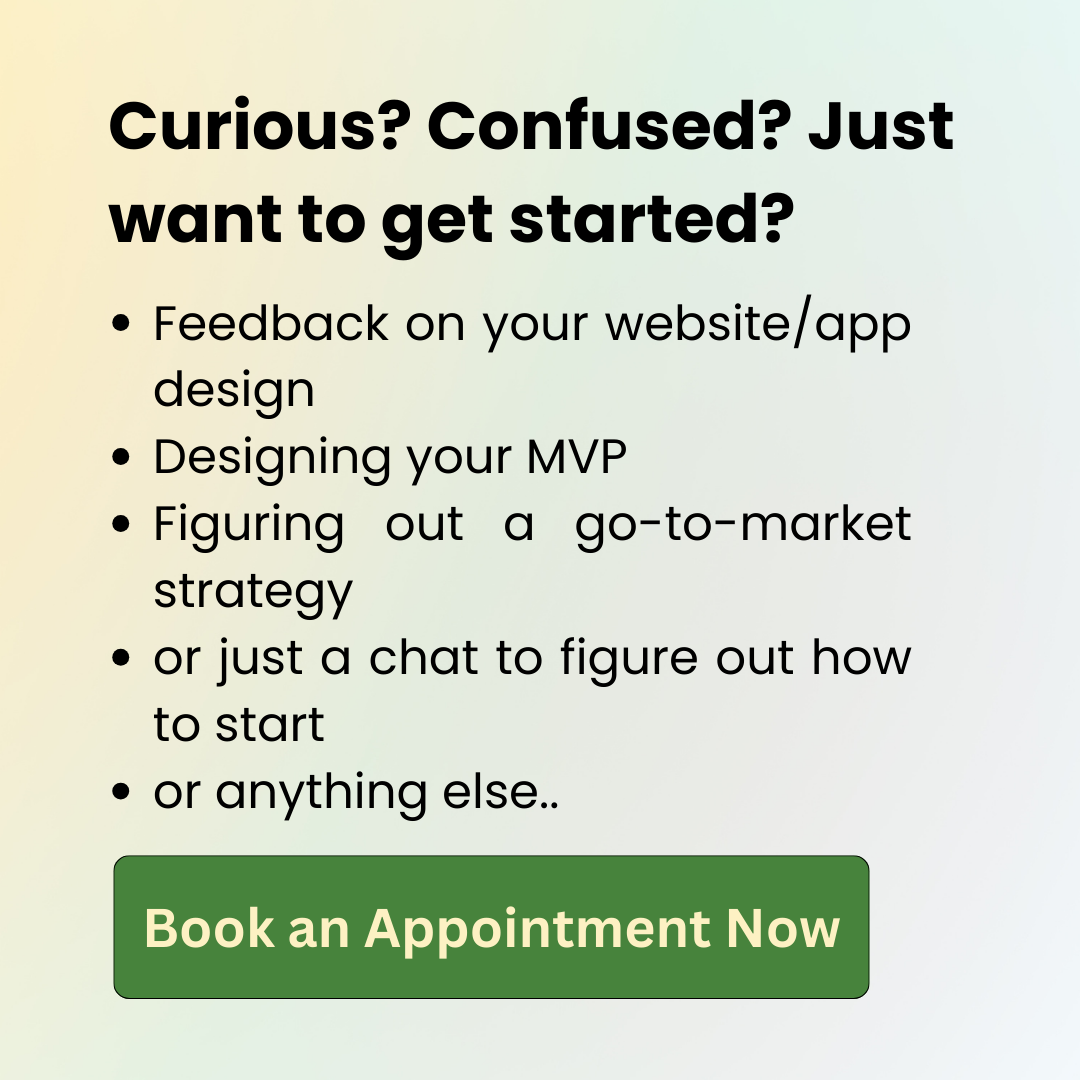If you are a UXer or a UI designer, you would be aware that TIME is one of the 5 pillars of interaction design. Others being: Words, Forms, Visuals and Behavior.
But when it comes to UX Design, Time is the most underrated consideration in the process of design, while it should be the first or atleast have higher priority.
Ux designers get so consumed sometimes with task analysis or interaction design that they miss out the TIME when a task happens or does the entire task happen in one go? If not then how should we design it such that the user can start from where they left without wasting TIME in learning. While I do not advocate TIME taken to complete a task as the best measure of UX, but I do believe with smarter UX, time to learn can be cut down just by anticipating user’s knowledge and potential distractions in their ecosystem.
UI does not only tell you how to use a product or a service but it also teaches you how to use it. Learning and action happens in parallel and when one is missing the other may not fall into place.
Specially in enterprise softwares (SaaS), TIME is an important consideration. In this article we will examine both Time and Timeline as an essential consideration for UI design to improve the User Experience by many folds.
TIME as a Pillar of Interaction Design
- We all need closure to an action. For example, when we close the door, we want to hear that click sound which gives us a confirmation that the door has been closed. These sounds or actions must happen in a time frame that does not leave the user wondering. Wherever the system needs time to perform an action, the system should give a visual indication to the user that the action is happening. For example, Loaders. When we are downloading or uploading, we see loaders which assure us that the process is underway and it will take a bit of time. This is a visual confirmation of time.
- Motions, sounds, animations, all micro interactions & elements that change over time give a user an understanding of the progress of their actions and perform the feedback on it. How should the system respond to each user’s actions? How long is the response time? The purpose of this Pillar of Interaction Design is to make sure that the user knows and is aware of what is the result of the action they performed and how well they did so.
TIMELINE in UX Design
- Timeline in UX is more to do with learning and behavior (the 5th pillar of interaction design). When we know less we need to be trained or made aware of, while when we know more we do not need help or glaring indications of our performance.
- Do you remember riding a bike for the first time. You probably had balancing wheels to help get a hang of riding. Slowly you take one off and then the other. UX follows a similar philosophy. Design for time when the user is learning and then design evolves into when the user has learned.
- Account for 4 user experiences on a virtual timeline.
- First time
- Second time
- Third or frequent use
- What happens after 1 year of usage?
Every workflow needs to account for the above stages. This gives you a 360-degree understanding of how the UI will evolve. Do ask your UX designer for this if they are not already doing this. Many times designs are not equipped to handle volume. For instance the use case where we may have a lot of data after a year, how will you catalog it or archive it or access it.
- Start with the most positive use case i.e. users love your product and uses it the way you designed it. A simple method that I follow is to create the workflow assuming the user has done this many times, meaning they are a frequent user of the system. Can they achieve the most desirable behavior with no training or learning? I then see how one can achieve accuracy? Is it just by doing it again and again or by understanding and having complete knowledge/awareness of the task.
- Then I analyze how one gains knowledge. What were they thinking when they did this task for the first time? What did they know and what they didn’t? Based on this, I then work on the FIRST TIME user experience. The following factors affect the first time user experience and help us understand UI elements to be designed to make first time ux more engaging and insightful.
- Time to complete a task
- We all have some semblance of time. It may not be precise but it should not feel like it took forever. Time a lot of times is measured in “FEELS LIKE” mode.
- Attention level
- How much attention one have to pay to complete a task also matters. While booking uber we enusre that we selected the location and drop off point right, after which we need probably lesser attention to complete the rest of the steps.
- Awareness level
- Following up on the same example, when we select vehicle type in uber, do we know the meaning of mini and prime, etc. enough to make that selection.
- Device
- Where the user is performing a task greatly impacts the user experience. If on mobile the interface has to be broken down probably in more steps than desktop because mobile users are more prone to distraction.
- Time to complete a task

- What this implies is that put the task on a virtual TIMELINE. To complete a task user must know “X”. If awareness or knowledge are a deterrent to a task then user needs to learn that first. The problem is that many times designers will have to design a UI which is different from a frequent usage use case. There is always a hesitation, will it add to the cost of development, delivery timelines etc. These are fair considerations, but what we need to prioritise if user’s comfort. If they do not feel comfortable or understood in the first few minutes of their interaction with the system, there is a high chance that they will drop off.
- Also analyse time between two or more steps in a workflow or task analysis. Consider time as a factor. Will the user complete the task in one go? Do they need to do so? Do they know they need to complete the task in one go? Does your workflow allow for a time gap and if it does, will the user know where they left and where they need to start from?
- What happens when you leave some products in a cart and then not check out because something else caught your attention or you are having second thoughts? There is a response from the system, they want you to check out asap, because they know if you dont come back in a stipulated time, you might not check out at all.
Conclusion
Factor in time when designing workflows. Keep room for intentional and unintentional intervals between steps. Allow users to restart. Allow users to also pick up from where they left without any cognitive load.





